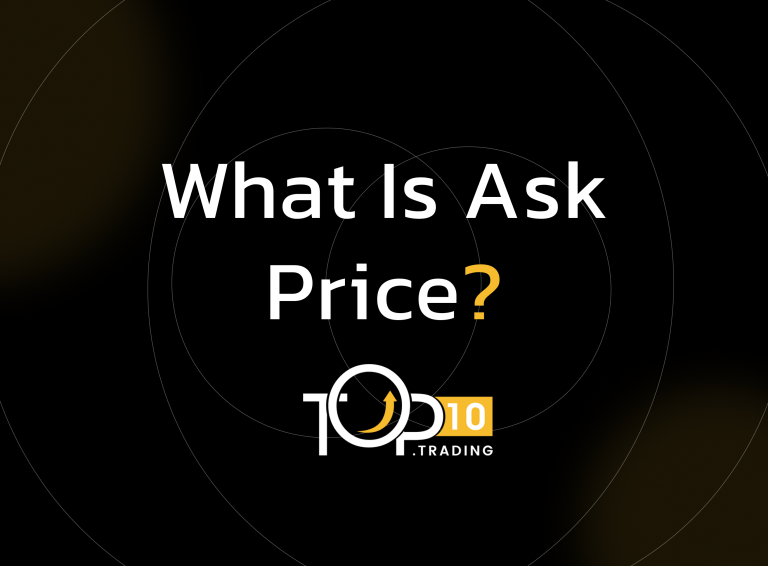Ask Price Definition

The ask price, also known as the offer price, is the lowest price a seller is willing to accept for a security or asset. It represents the cost of buying an asset in the market and is a key component of trading and investing. The ask price is typically higher than the bid price, which is the highest price a buyer is willing to pay, and the difference between these two prices is referred to as the bid-ask spread.
Key Takeaways
- The ask price is the lowest amount sellers are willing to accept for an asset.
- It plays a crucial role in determining transaction costs and market liquidity.
- The difference between bid and ask prices (spread) reflects trading costs and liquidity levels.
- Factors like supply, demand, and volatility influence ask prices across different markets.
Understanding Ask Price
In financial markets, the ask price reflects the supply side of an asset. Sellers list their ask prices on trading platforms or exchanges, indicating the minimum amount they are willing to accept for selling their securities. When a buyer agrees to this price, a trade is executed.
For example, if a stock has an ask price of $50, it means sellers are willing to sell shares at $50. If a buyer agrees to this price, they can purchase the stock immediately.
Key Characteristics of Ask Price
- Always Higher Than Bid Price: The ask price is higher than the bid price due to market dynamics.
- Represents Seller's Minimum: It reflects the lowest acceptable price for sellers.
- Part of Bid-Ask Spread: The spread between bid and ask prices indicates market liquidity and transaction costs.
Factors Influencing Ask Price
- Several factors can affect the ask price:
- Supply and Demand: High demand may push the ask price higher, while low demand may lower it.
- Market Volatility: Greater volatility can widen bid-ask spreads, increasing trading costs.
- Liquidity: A narrow spread (small difference between bid and ask prices) suggests high liquidity, while a wider spread indicates lower liquidity.
Ask Price Across Markets
- The concept of ask price applies across various markets:
- Stock Market: The lowest price at which shares are offered for sale.
- Forex Market: The rate at which traders can buy currency pairs.
- Commodities Market: The minimum selling price for commodities like oil or gold.
- Cryptocurrency Market: The lowest acceptable selling price for digital assets.
Ask Price vs. Bid Price
- The ask price complements the bid price:
Aspect | Ask Price | Bid Price |
Definition | Lowest price sellers are willing to accept | Highest price buyers are willing to pay |
Represents | Supply | Demand |
Trade Execution | Buyers pay this amount | Sellers receive this amount |
Importance of Ask Price in Trading
- Understanding ask prices helps traders:
- Determine the cost of entering positions.
- Assess market liquidity through bid-ask spreads.
- Make informed decisions about timing trades.
- By understanding how ask prices work, traders can better navigate market dynamics and optimize their trading strategies. Whether dealing with stocks, forex, commodities, or cryptocurrencies, mastering this concept is essential for successful investing.
